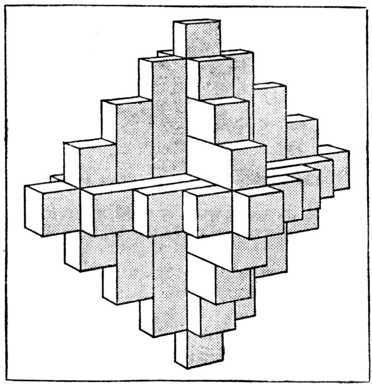 |
| Fun build. |
The lady's desk project I have coming up one of these days will need some serious resawing, unless I decide to go find some more, thin lumber. I decided to practice up the other day.
I got a cool, new (to me) old hand saw a couple years back intended to become a re-sawing monster. For some reason, it is filed crosscut, with massive 4 PPI ( 3 TPI) teeth. I figured this saw would be awesome once it was filed rip. So I started working on it.
 |
| No idea what someone was thinking filing this monster crosscut. |
More on that project another time. Needless to say, I didn't finish this yet. Re-shaping those massive teeth is turning out to be a lot of work.
Moving on, I decided I had to try making one of those cool batmosquares that
Christopher Schwarz has been talking about lately.
I had a perfect piece of quarter sawn oak, that was left over from a saw handle build a while back.
 |
| Perfect shape for this project. |
I find that I have built quite a few of the Schwarz' projects over the last couple years. I probably wouldn't if they weren't so darned fun to make. My only criticism of this project is that he recently put plans up for these squares on the internet. I am just guessing, buy my thought is a plan is going to make this project way harder than it needs to be. You should use a real wide piece of scrap for this square, if you have one. No need to scour the planet looking for the perfect piece of wood that will fit the dimensions he's got. Just get this project over with using whatever wood is at hand.
The first thing I did with this piece of oak that was a bit over 1" thick, was to rough out the shape. I laid it out using a french curve template that I printed out from the internet. No need for this to be too pretty, though. I just thought I would get the unnecessary bits of lumber out of the way to make resawing easier.
Turns out, that was a good call.
 |
| Resawing the stock was simpler with the piece cut to rough shape. |
Wayyy easier. I've tried some resawing of oak like this before, and it wasn't pretty. Perhaps my technique is getting better, but most of this resaw job was on the skinny end of the stick.
In case you are wondering, the saw I used for this was a 5 point rip.
To be on the safe side, I laid out the board at 9/32", and cut a little fat of the line. Turns out there was no need. I wound up having to plane a lot away to get it to fit in the 1/4" groove I cut in the stock of the square.
 |
| I wound up with plenty of extra for another one. Maybe even two! |
I cut another bit of scrap oak to rough dimensions, and spent some time squaring it up. I didn't worry about the ends, but I made it perfectly four square. This will help if I want the square to be used both ways.
 |
| Squaring up the stock. Is that considered a clever pun amongst woodworkers? |
I couldn't be bothered with clamps. When it finally went home with a tight fit, I got out the hide glue and stuck it together. A couple whacks with a mallet to get it square-ish and I was done for the day.
 |
| Waiting for the glue to dry. |
Today I spent a little time in the shop after work finishing this up. First, I used my bowsaw to finish cutting the pattern out the way I wanted. I clamped it up in my Moxon vice to get it higher up off the bench.
 |
| See what I mean about building CS projects? Moxon vise, Roubo bench, and CS' bowsaw being used to hold a Fledermaus square. |
The bowsaw worked really well cutting the shape out except for the parts I spazzed out on. Although I am getting better with this tool, I suspect a bit more practice wouldn't hurt anything. I cleaned everything up with a fine rasp I have that is oval shaped, and a scraper.
 |
| Hand cut rasps with fine teeth seem to work well enough for this. |
I still don't have any decent hollows and rounds, so I decided to make my molding with only a rabbet plane. First I cut 1/8" rabbets on either side of the stock,
 |
| Unfenced rabbet plane in use. |
then I chamfered the side down to a point that I liked. I set my marking gauge to the distance I cut here, and transferred the mark to the other rabbet, so the chamfer would look exactly the same on both sides.
 |
| Chamfering the edge. I used the rabbet because I already had it out for the rabbets I just cut. No need to get another plane out. |
I think it turned out as a nice detail. I'll have to remember that trick the next time I want to chamfer something. A side benefit is that I am fairly confident that the chamfer is exactly 45 degrees, because I was able to register the rabbet plane on both arises taking the guesswork out.
 |
| I like it. |
I have to say, that this square feels better to me than any of the other wooden squares I have in my shop. This one is a little bigger, and I know it is dead-nuts accurate. I checked.





















































